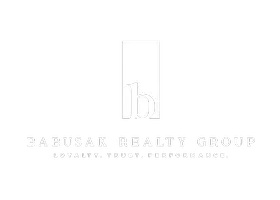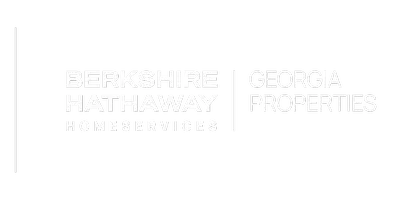Guide to the Atlanta Beltline

The Atlanta Beltline, one of the largest urban development projects in the United States, has successfully connected Atlanta communities through recreation, art expression and commerce across 22 miles of urban trails. The Beltline’s success has spawned numerous urban renewal projects in Atlanta, such as the Krog Street Market, Lee and White and some specifically on The Beltline, like Ponce City Market. The Beltline has connected many Atlanta neighborhoods; see for yourself what makes it so great.
With so many opportunities to explore the Atlanta Beltline, it might feel overwhelming to find a starting point. Don’t fret; we have put together a guide to the Beltline project so you can plan your visit!
History
In the late 1990’s, Ryan Gravel, an architecture and urban planning graduate student at Georgia Tech saw the neglected railroad tracks of Atlanta’s industrial roots and imagined a way to revitalize and transform into something new. Gravel envisioned the 22-mile loop of the city’s core as a public space that would connect neighborhoods and job centers and grow economic development along the way.
With the support of other like-minded individuals, he started Friends of the Beltline and began campaigning for funds for the massive project at hand. Other early partners included The PATH Foundation, The Trust for Public Land, Atlanta Committee for Progress and key donors like the James M. Cox Foundation, the Robert W. Woodruff Foundation, and the Arthur M. Blank Family Foundation. The Atlanta Beltline project was officially launched in late 2005, and a 25-year redevelopment plan was drafted.
Throughout the years, the Beltline has evolved into a hub for Atlanta residents, bringing together recreational opportunities, artistic installations, rich culture and economic prosperity.
Food, Drinks and Retail
There is no shortage of good eating on The Beltline. Most restaurants are located on the Eastside Trail but more are soon to come with the finished construction of the whole path.
Located in the heart of Inman Park, Krog Street Market, formally known as the Stove Factory, was designed to be as authentic as the 1920s warehouse it resides in. The market is home to dining, bars and retail shopping. Retail stores include The Merchant, which carries home furnishings and general gifts; The Collective, which offers vintage clothing and antiques; and Inman”s Candies, to satisfy any sweet tooth with a vintage candy store. Finish the day by dining in one of the Market’s southern-grown restaurants. The Ticonderoga Club and Hop City offer a dining and bar scene. Opt for more Mediterranean flavor at Yalla, Tex-Mex at Bar Mercado or pizza at Varuni Napoli.
Located right on the Eastside Trail, Ponce City Market has more than 35 retail shops and 32 restaurants. The food court style and open seating means that Ponce has choices that will please anyone. Botiwilla is a great option for some real Indian street food, Minero has a Latin flare with specialty cocktails, and 9 Mile Station which is a local rooftop beer garden with local brews. Ponce City Market also has a rooftop that includes attractions, restaurants and Skyline Park.
The Two Urban Licks‘ patio overlooks the trail, and they offer a brunch and dinner menu with all the drinks and cocktails that could go along with it.
Piedmont Park offers great dining like Woody’s Famous Philadelphia Cheesesteaks. Since 1975 Woody’s has brought the good ole Philly cheesesteak to Atlanta, and everyone loves them.
Located right over Piedmont Park is Park Tavern, one of the city’s most well-known bars. They host a multitude of events, such as live music, ice skating and an annual 4th of July after party for the Peachtree Road Race.

Things to do
Skyline Park, located on top of Ponce City Market, is a beautiful view with some fun activities for the whole family. They offer old-school carnival games and even a couple of amusement park-like attractions. They also offer rooftop bars and restaurants.
The Beltline is beautiful on foot, but you can see more of it by Renting a Bike. There are a few different rental places located all around the trail. The Eastside offers Atlanta Bicycle Barn and Skate Escape. Relay Bike station also has locations in the Historic Fourth Ward, Piedmont Park and on the west end of MARTA.
Parks and Trails
The Atlanta Beltline is home to 8 major trails and two connectors that wind through every corner of the 22-mile area. The West Side Trail, the Beltline’s first completed trail, is a treat for outdoor enthusiasts. Check out the iconic 0-mile marker and take a walk from Westview Cemetary to Rose Circle Park. On the other end, the Eastside Trail connects Midtown to Reynoldstown, creating an easy passageway through Eastside’s shopping and dining.
Looking to explore some of Atlanta’s oldest neighborhoods? The Southwest Trail spans 2.6 miles, taking visitors through Pittsburgh, Adair Park and West End before finally connecting to the Westside Trail. Artistic displays await on the Westside Trail, ushering you along the shaded path with convenient access to MARTA and other transit.
For a longer trail, check out the Northside Trail. It stretches 2.9 miles through beautiful, secluded pathways, starting at I-75 and finishing at Peachtree Creek. Once completed, the Northeast, Southeast and Southside trails will offer even more places to get outside and enjoy the Beltline’s expansive reach.
The Beltline also boasts proximity to Atlanta’s parks, such as historic Fourth Ward Park and Skatepark, Perkerson Park, Rose Circle Park, Westside Park, D.H. Stanton Park, Gordon White Park, Boulevard Crossing Park and Arthur Langford Jr. Park.
Art on the Beltline
The Atlanta Beltline has hosted local art installations for many years, making it one of the largest temporary public art exhibits and linear galleries in the United States! Art on the Beltline is split into three collections: Beltline Walls for murals, Beltline Spaces for sculptures and Beltline Flow for performances.
Currently, there are three Beltline Walls installations: “How We Grew Together” by Charity Hamidullah on the Northeast Trail at Piedmont Park, “RENASCENT” by Aziza Andre on the Southeast Trail and “Work in Progress: A Honest Look at Fatherhood” by Curator-in-Residence, Eugene V. Byrd III. These murals hold cultural significance and serve as education and thought provocation for viewers.
As part of the Beltline Spaces collection, sculptures can be found all throughout the project. Some current installations include Quilts in the Sky by Adana Tillman, Aesthetics of the Yellow Bloom by Kainebi Osahenye, Ivbieva by Taiye Idahor, the Tiny Door collection, Wake by Mel Chin and so many more.
Many performances occur along the Beltline as part of the Beltline Flow program. These performances include instrumental and vocal concerts, dance exhibitions, spoken word poetry readings, parades and other creative endeavors.
To help growing artists expand their reach, the Atlanta Beltline created a residency program that offers real-world exposure and guaranteed exhibition space. Individuals can apply for Scholar-, Curator- and Artist-in-Residence positions, have their works displayed to the public and gain valuable experience in the public art and infrastructure sector.
The Future of the Beltline
The Beltline, which celebrates 20 years in 2025, has been an ongoing endeavor to connect Atlanta communities through recreation, art expression and commerce. The project is also set for completion in 2030.
In celebration, the Beltline designed a new logo, known as the Beacon, that emphasizes the project’s mission to bring light to the source – the heart of the city – through its programs and installations. The logo also draws color inspiration from eight different color families, representing the eight pathways through the Beltline and creating an inclusive, unique brand. In 2023, the Atlanta Beltline began its rebrand with Alloy, a precision storytelling and experiences agency and transformed the website into a tech stack that makes information more accessible and sets the project up well for future updates.
The Beltline incorporates public parks, walking and biking trails, transit and more along a historic 22-mile railroad corridor through Atlanta’s in-town neighborhoods, creating a safe space for residents to cultivate economic opportunities and sustainability efforts.
To learn more about the Beltline’s activities, shopping, and dining, check out the Beltline website.
The post Guide to the Atlanta Beltline appeared first on Atlanta Real Estate Forum.
Categories
Recent Posts
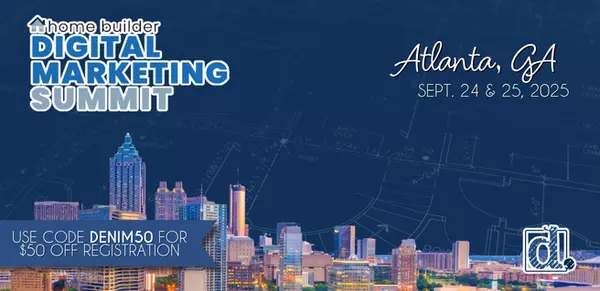
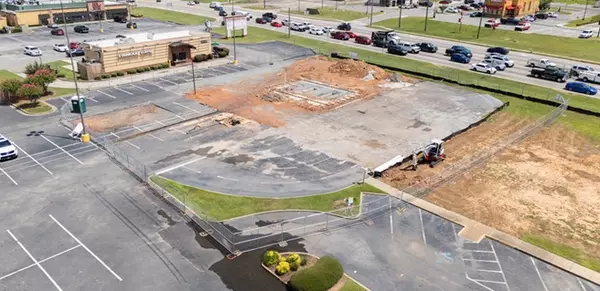

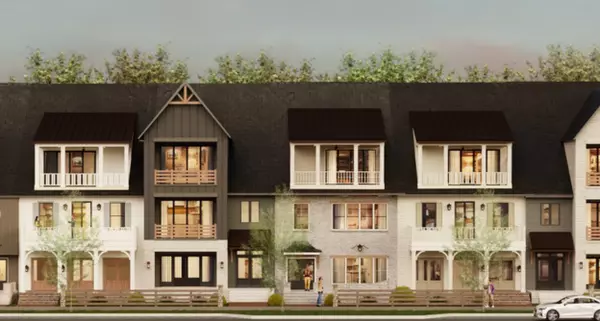


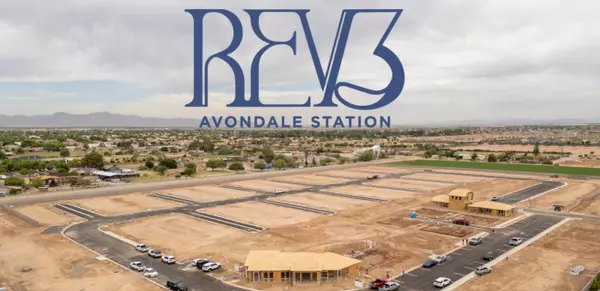



LEAVE A REPLY

